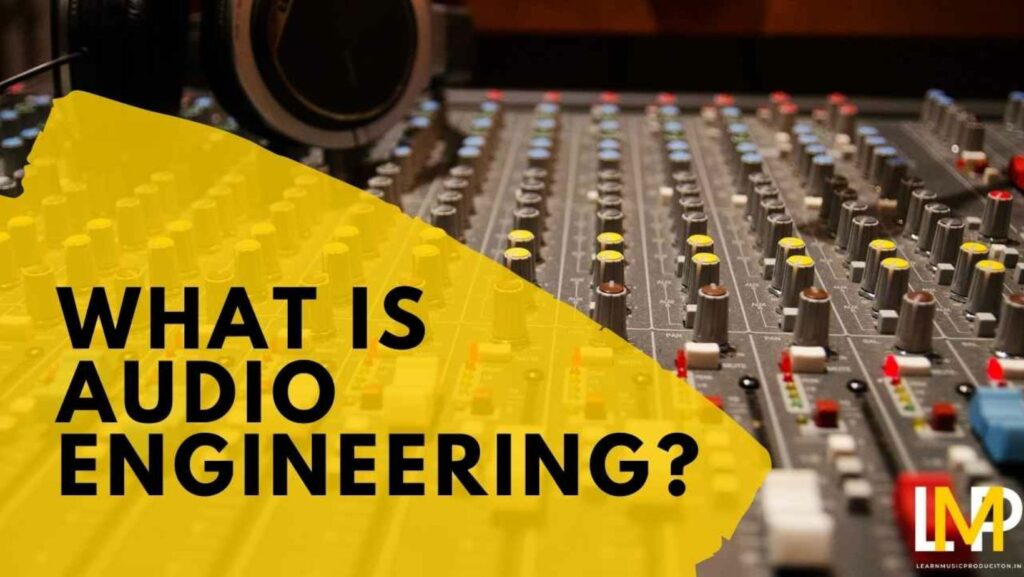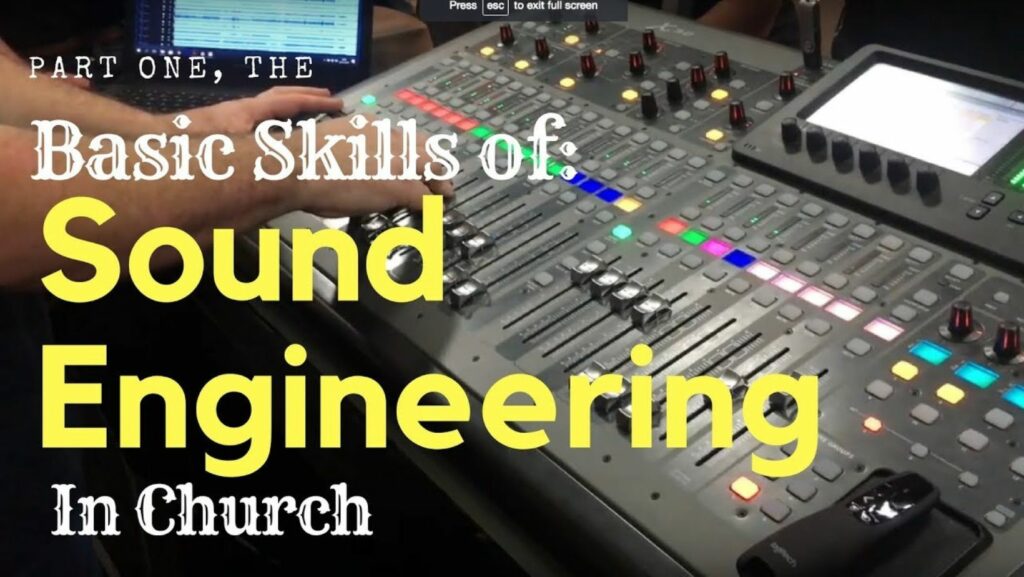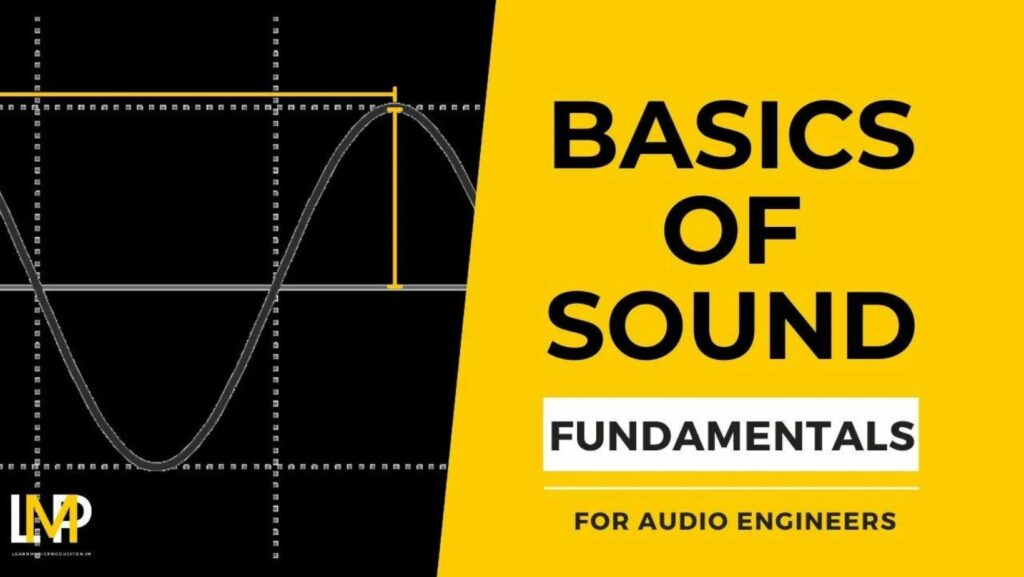Audio Engineering Basics

Embarking on the journey of audio engineering basics opens up a world of endless possibilities in shaping soundscapes. Whether you’re a music enthusiast, a podcast creator, or a film buff, understanding the fundamentals of audio engineering is key to producing professional-quality audio. In this article, I’ll guide you through the foundational principles that form the backbone of this fascinating field.
From capturing pristine audio engineering basics recordings to mastering the art of mixing and editing, audio engineering encompasses a diverse set of skills that are essential for anyone looking to delve into the realm of sound production. By grasping the basics of signal flow, acoustics, and equipment usage, you’ll be equipped to navigate the intricate process of creating captivating audio content.
Join me as we unravel the core concepts of audio engineering and unlock the secrets to crafting immersive auditory experiences. Whether you’re a novice or a seasoned pro, mastering these fundamentals will undoubtedly elevate your audio projects to new heights.
Understanding Audio Engineering Basics
What Is Audio Engineering?

Audio engineering is the backbone of creating high-quality audio content. It focuses on the technical aspects of recording, processing, mixing, and mastering sound. As an audio engineer, my primary goal is to manipulate sound waves using various tools and techniques to achieve the desired audio output. Understanding audio engineering involves familiarizing oneself with different sound equipment, signal flow, acoustics, and digital audio workstations (DAWs).
The Role of an Audio Engineer
As an audio engineer, my role is multifaceted and critical in the audio production process. I’m responsible for setting up and operating equipment to capture sound, whether in a studio recording session or a live event. My expertise in signal flow is crucial as it determines how audio signals travel through various devices without losing quality. Additionally, I play a vital role in mixing tracks, adjusting levels, adding effects, and ensuring that the final audio product meets the desired standards.
By mastering audio engineering basics, I can enhance the quality of audio projects and deliver professional results that captivate listeners.
Fundamental Concepts in Audio Engineering
Sound Waves and Signal Flow
Sound waves are the backbone of audio engineering, carrying the essence of sound from its source to our ears. Understanding how sound waves behave and interact is fundamental in shaping the quality of audio content. In audio engineering, signal flow refers to the path that an audio signal takes from input to output, encompassing various processes like recording, processing, and playback. It’s crucial to comprehend signal flow to effectively manipulate and enhance audio signals using different tools and techniques.

Analog vs. Digital Audio
Analog and digital audio represent two distinct realms in audio engineering. Analog audio involves continuous signals that directly correspond to the variations in sound waves, offering a warm and natural sound quality. On the other hand, digital audio converts sound waves into numerical data, providing precise reproduction and manipulation of audio signals. Understanding the differences between analog and digital audio is essential for audio engineers to choose the most suitable tools and workflows for their projects.
When it comes to audio engineering, having the right tools is essential for achieving top-notch sound quality. Let’s delve into some key equipment every audio engineer should be familiar with.
Microphones and Their Types
Microphones are the primary tools for capturing sound in audio engineering. There are several types of microphones that serve different purposes based on their design and specifications.
- Dynamic Microphones: These rugged microphones are ideal for capturing loud sounds and are commonly used for live performances and recording instruments like drums and electric guitars.
- Condenser Microphones: Known for their sensitivity and high-quality sound reproduction, condenser microphones are perfect for capturing vocals and acoustic instruments in a studio setting.
- Ribbon Microphones: With a warm, vintage sound, ribbon microphones are great for adding character to recordings and are often used on brass instruments and guitar amps.
- USB Microphones: These convenient microphones connect directly to a computer via USB, making them popular for podcasting, voiceovers, and simple recording tasks.
Understanding the characteristics and uses of different microphone types is crucial for selecting the right microphone for each recording scenario.



